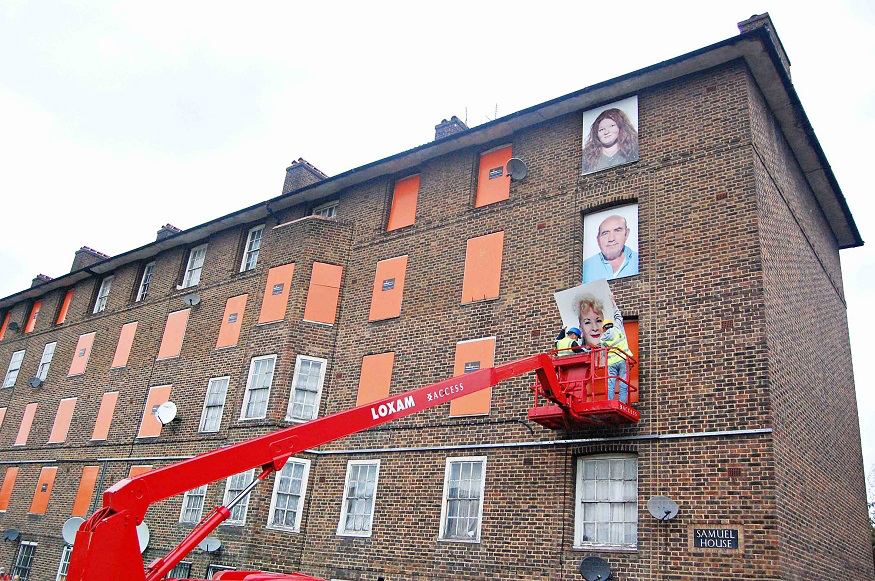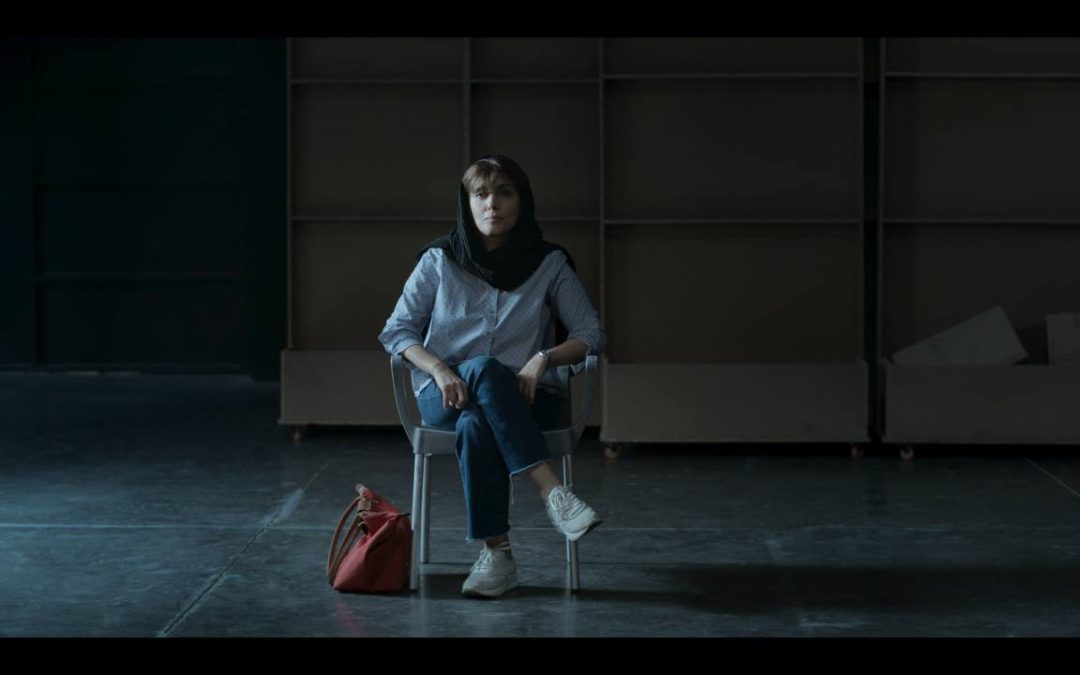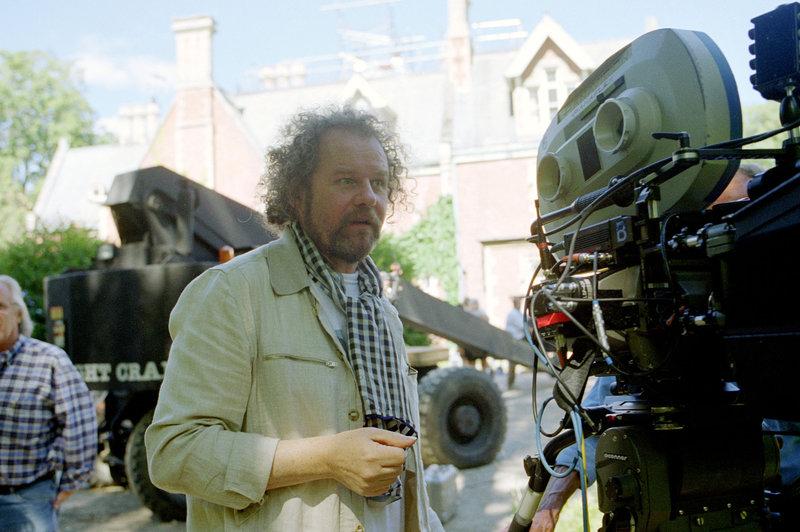
The RedCut Collective is composed of independent filmmakers whose aim is to strengthen the bonds with and among their peers in the Middle East by relying on shared experiences and knowledge. The RedCut Collective hopes to transcend geographical borders and create a space for convergence among independent filmmakers, particularly those in and from the Middle East. This collective aims to explore novel and creative forms of expression and break free from the capitalist conventions that dominate the film industry, in production, distribution, and audience engagement.
Article

On the Precarity of Freedom
By Amin Pakparvar Libido can be regarded as the emotional force underlying human expressions of love, originating from an individual's affection toward oneself and subsequently extending to the external world. Loving another person or object represents an expansion of...
Interview

Interview with Pascale Fakhry, executive director of ALFILM – Arab Film Festival in Berlin
Pascale Fakhry is the Executive Director of ALFILM – Arab Film Festival Berlin. She holds a PhD in Film and Gender Studies from Paris 3 University (Sorbonne Nouvelle), France, and has authored numerous articles on gender and representation in American genre cinema....
The censorship and other ever tightening restrictions imposed by oppressive and totalitarian regimes, on the one hand, and the influence of global commercial interests, on the other, have for long dimmed the prospects of independent filmmaking in many parts of the Middle East. The RedCut Collective rejects systematic control and various forms of censorship and self-censorship, seeking to provide a platform for independent filmmakers to freely express their ideas. RedCut’s alternative path involves rediscovering, understanding, and engaging with what can only be called a truly collective independent cinema. The focus in this path will be on independent filmmakers who have fought against class, gender, and ethnic oppression, consistently working to expose and challenge structures of suppression and dominance.








